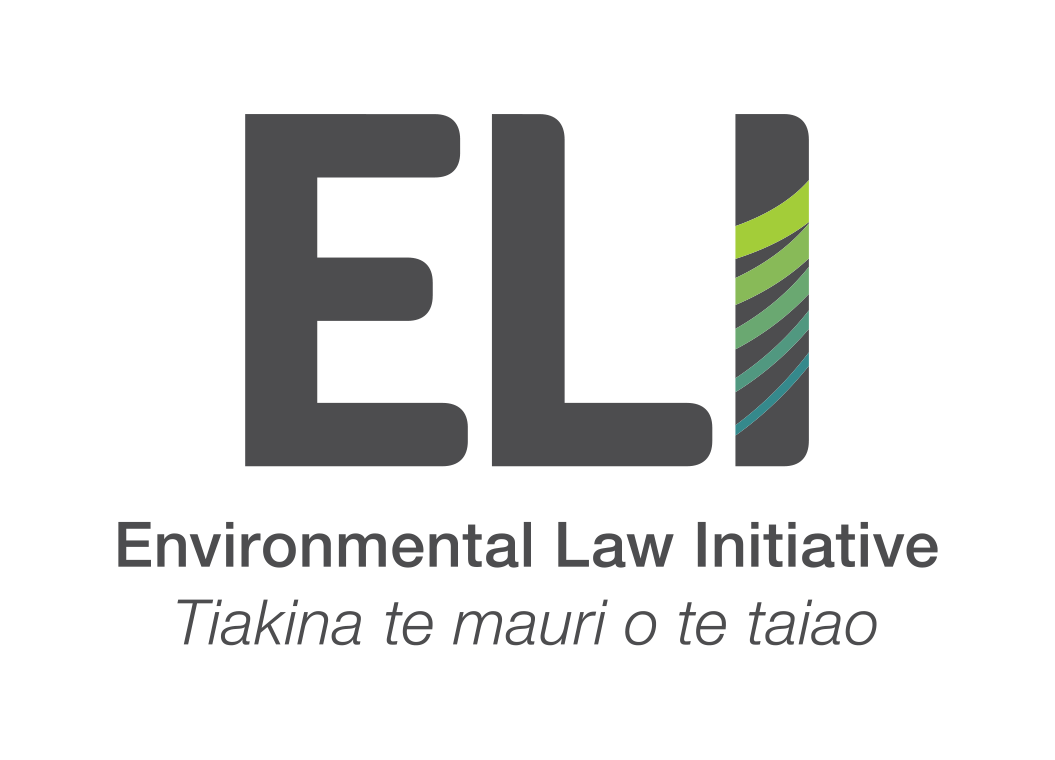Crayfish case #2: restoring crayfish numbers in Northland
ELI v Minister for Oceans and Fisheries
We are challenging the Minister for Oceans and Fisheries Total Allowable Catch decision for crayfish in Northland.
In October 2022, ELI and Te Uri of Hikihiki hapū won a High Court case challenging the 2021 and 2022 total allowable catch decisions for rock lobster in Northland. The Minister for Oceans and Fisheries was ordered to remake the most recent decision basing it on the best available information, considering the wider impacts of crayfishing on the marine environment, and taking a precautionary approach.
In the remade decision, the Minister decreased the total allowable catch for crayfish in Northland by 11 per cent. This reduction falls well short of what is necessary to restore balance to the coastal ecosystems of Northland.
That’s why the Environmental Law Initiative and Ngāti Hau me Ngāti Kaharau returned to the High Court in 2024, challenging the re-made Total Allowable Catch (TAC) decision, in part, on the basis that:
Proposed (and chosen) TAC options do not reflect the Fisheries Act's purpose and principles – particularly the environmental principles and sustainability purpose
In making the decision, the Minister took into account hypothetical future sustainability measures, which were irrelevant considerations
The decision was unreasonable because it was not supported by evidence.
The Minister failed to provide for the input and participation of Ngāti Kaharau me Ngāti Hau
The Minister failed to have particular regard to the kaitiakitanga of Ngāti Kaharau me Ngāti Hau.
Our key concern is that Fisheries New Zealand continues to ignore key parts of the law which demand a more ecosystem-based approach to fisheries management.
Our vision is for lawful, evidence-based decision making.
Why did we take this case?
Around New Zealand, including in Northland, kelp forests are declining rapidly, with ‘kina barrens’ forming in their place. Kelp forests support a wide range of marine life and their loss has devastating effects on the ecosystem. There is a large body of supporting scientific evidence showing that this decline is occurring because of a reduction in predator numbers, including crayfish. Without crayfish, kina populations explode and eat away the kelp forests on the shallow Northland reefs.
Much of our case was based on the overwhelming scientific evidence which supports closing areas of the Northland east coast to allow crayfish numbers to increase and to allow them to play their ecological role in controlling kina numbers.
Case timeline
October 2022 — ELI wins case, court directs the Minister for Oceans and Fisheries to remake the total allowable catch.
August 2023 — ELI and Ngāti Hau me Ngāti Kaharau file proceedings for judicial review of the Minister’s 2022/23 total allowable catch decision for Crayfish in Northland.
August 2024 — Case heard in the Wellington High Court.





